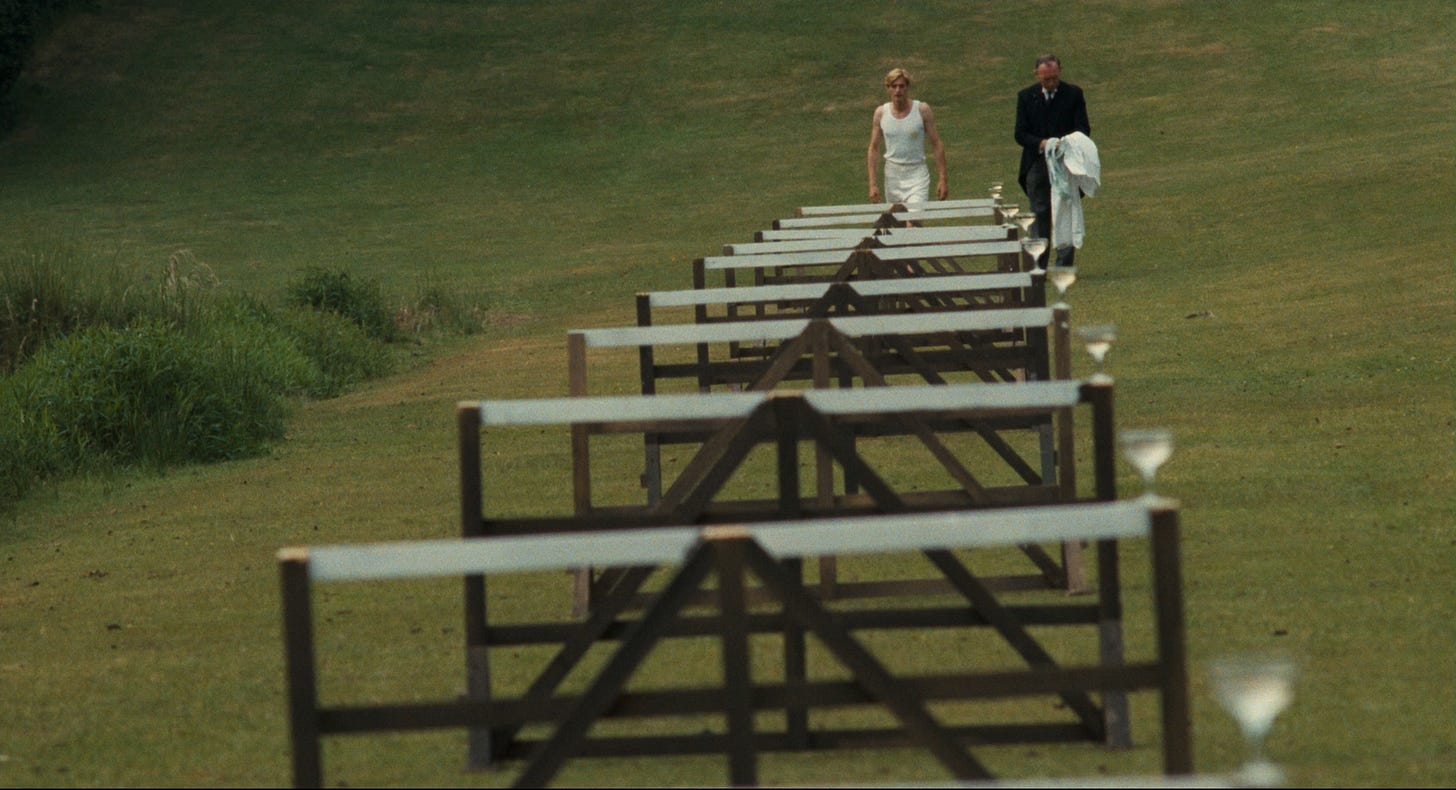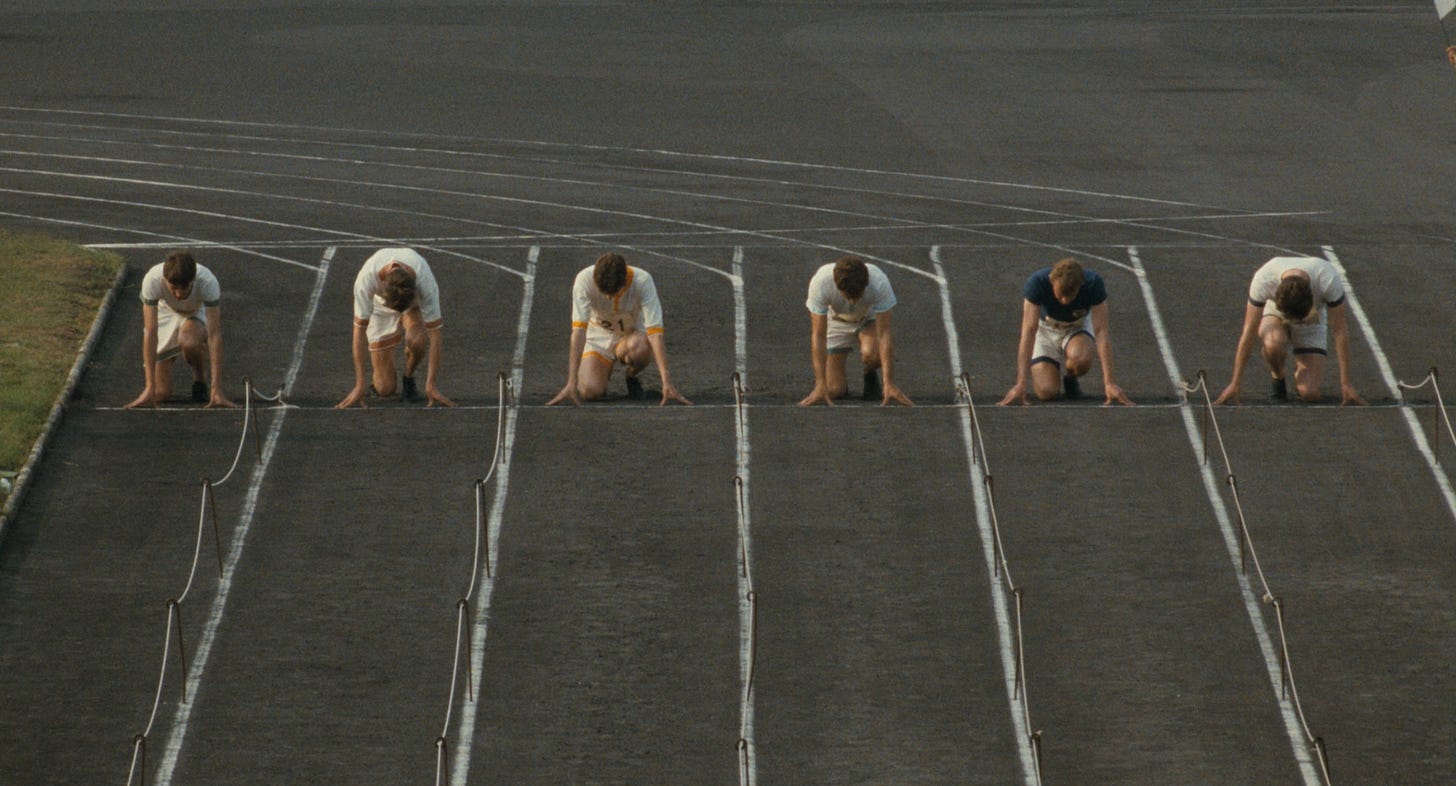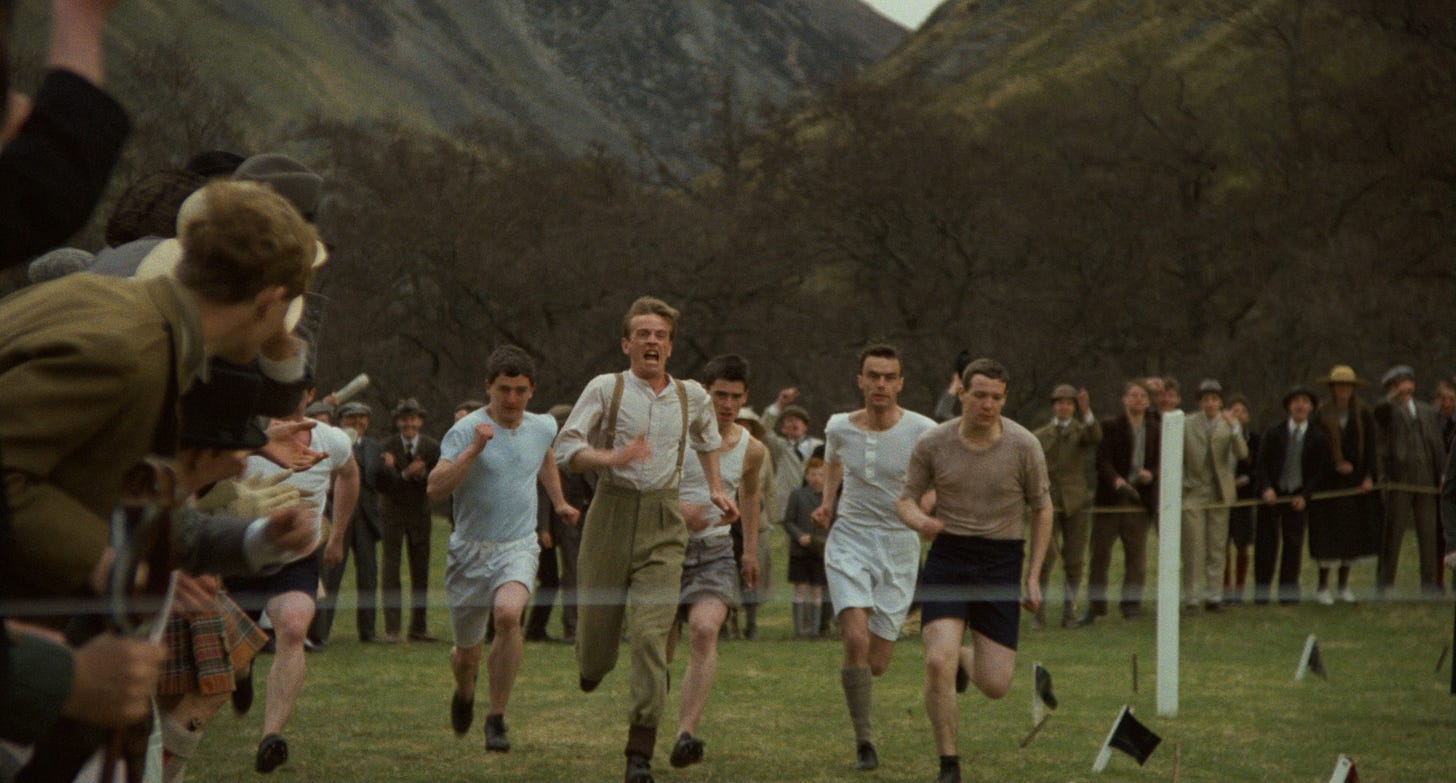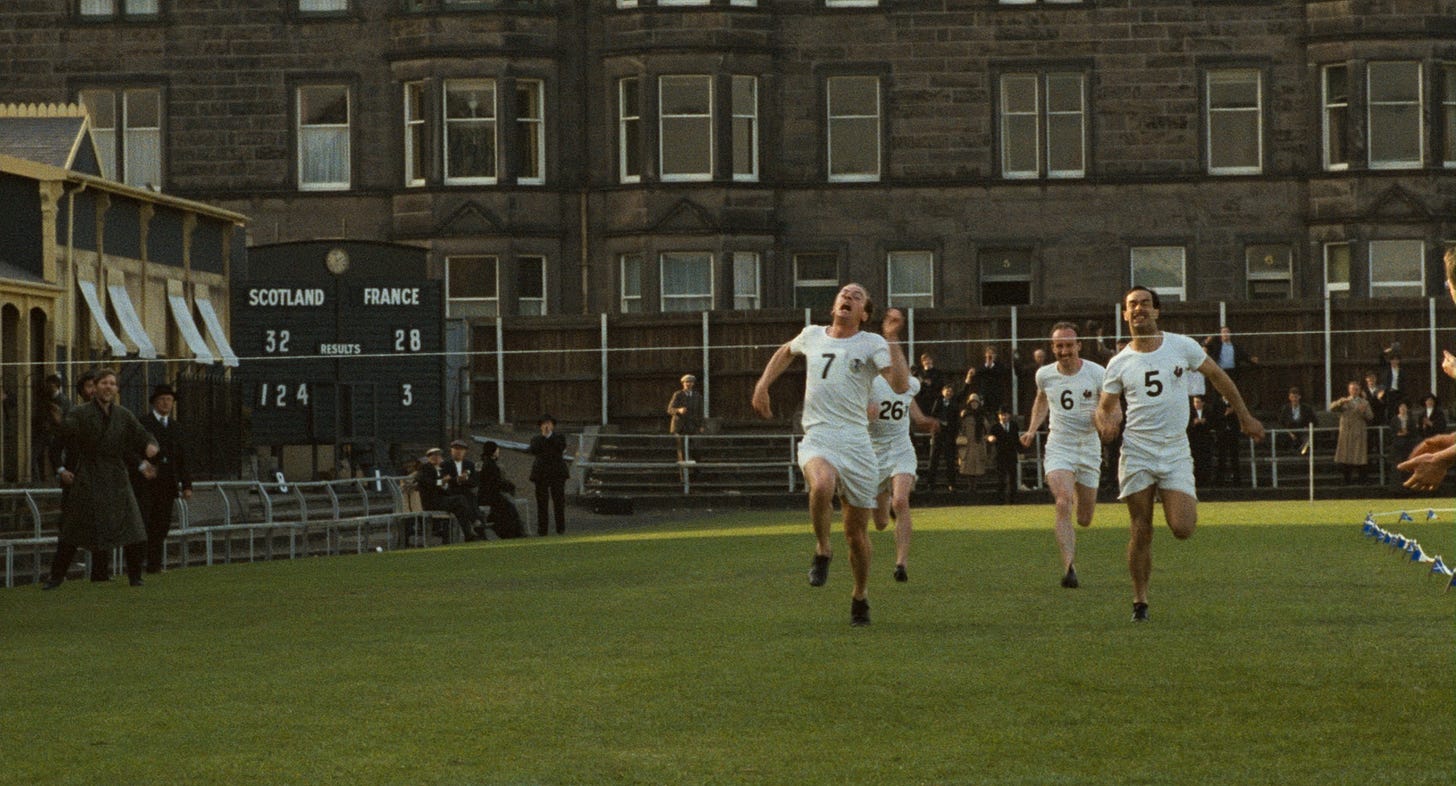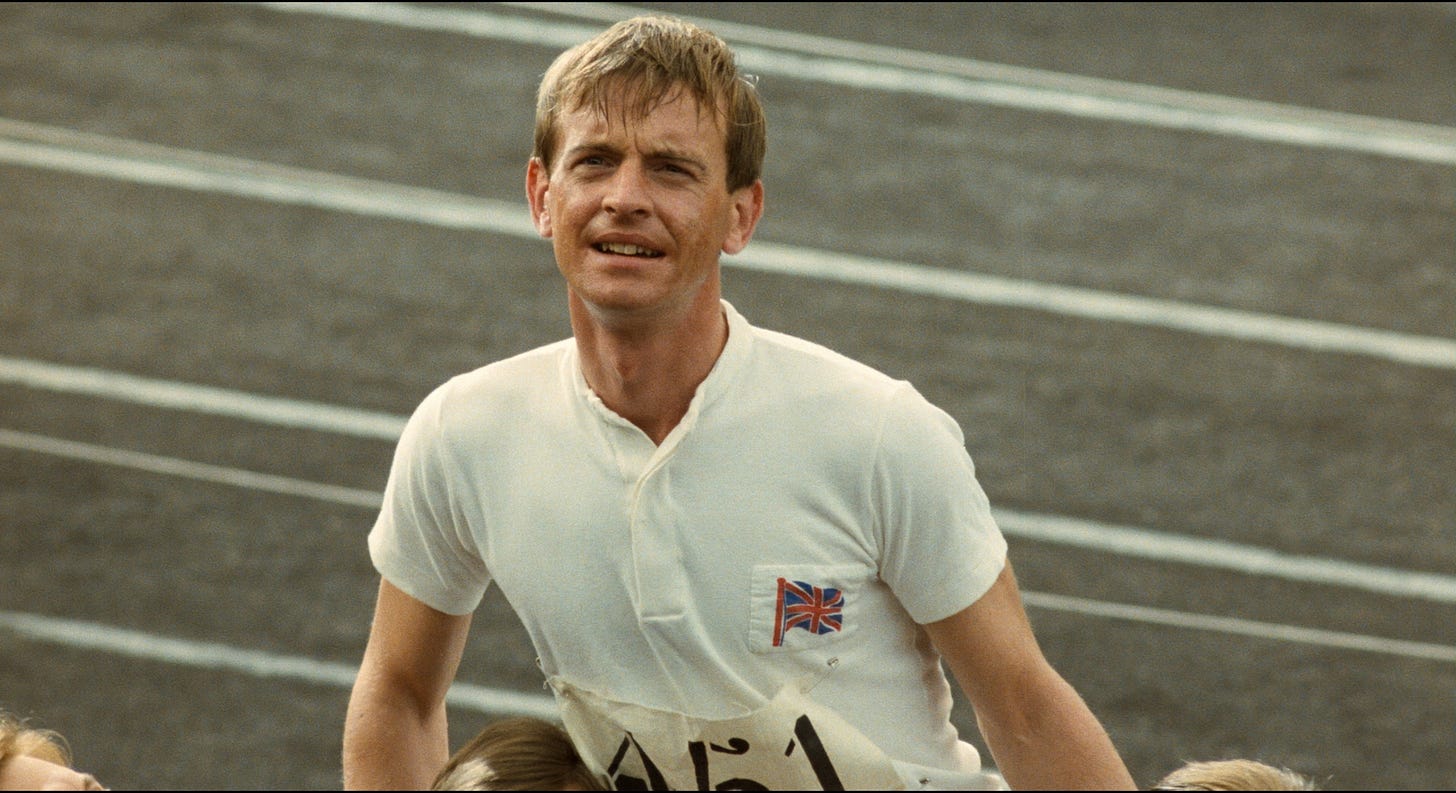The FFFEYIBA Project—1981
“Bring me my Bow of burning gold: Bring me my Arrows of desire: Bring me my Spear: O clouds unfold: Bring me my Chariot of fire!”
For a reminder on the purpose (and rules) of the project, see this post.
HM #1: Das Boot
Wolfgang Petersen certainly has an erratic filmography. In the Line of Fire is a lot of fun (if not particularly groundbreaking), and Air Force One is a nostalgic-steeped favorite that will probably pop up in one of these posts in a few more years. The Perfect Storm, on the other hand, is emphatically “meh,” as is his other Water Catastrophe Film, Poseidon. And then, of course, there’s Troy, which we all desperately wish could have risen to the level of “meh.” (Speaking of nostalgia, it’s only recently that I’ve realized just how strange The NeverEnding Story actually is; what a weird, weird film.) But in the early Eighties, I think we can all be forgiven for thinking that his future was incredibly bright, because this film—the one that brought him bursting onto the cinematic scene—is amazing. Brutal and claustrophobic and emotionally wrenching and even maddening, but amazing.
HM #2: Raiders of the Lost Ark
I’ve frequently found myself loving how Steven Spielberg tells his stories more than I’ve loved what he’s telling, and this film might be the perfect example of that phenomenon. As another Steven (Soderberg, this time) says in his fascinating 2014 blog post on Raiders, “this filmmaker forgot more about staging by the time he made his first feature than I know to this day.” Still, I can’t quite get my heart to leap as high when I’m watching the Original Indy Film as others’ devotion would suggest it should. A later installment from this legendary series will make an appearance in a future FFFEYIBA post, but for this particular film, I’m going to have to settle for describing it as “a great beginning, but one that I mostly respect, rather than love; needs a little more heart.” Quick HM for the HM: Before we move on, there’s an interesting link between these two films: The exterior submarine model used in the filming of Raiders was borrowed from Petersen’s production of Das Boot. (The submarine sequences were filmed in France, where Das Boot was being shot.)
Now, moving on…
1981’s Selection: Chariots of Fire, by Hugh Hudson
This is probably the moment when the true meaning (and importance) of the acronymious “First F” becomes clear to everyone, because I just finished talking about Raiders, and there’s nearly no one who thinks Chariots is an objectively better film than Spielberg’s masterful, master-class swashbuckler. In fact, this film appears on numerous “Worst Films to Win a Best Picture” lists; often, I suspect, as a backlash to the fact that Raiders did not win. That (often vehement) backlash makes me sad, because I wish people could love this film for what it is: an incredibly sincere and inspirational and moving story. A challenge to take our spiritual obligations more seriously in the face of fame and success. And perhaps most importantly of all, one of a very few films that Uses SloMo Appropriately.
Based on a true story, two young British runners, one a determined Jew (Ben Cross’s Harold Abrahams) and the other a devout Christian (Ian Charleson’s Eric Liddell), train in the class-obsessed and religiously-divided United Kingdom of the early 1920’s, eventually competing in the 1924 Olympics as they wrestle with issues of pride and conscience.
Vangelis’s legendary theme is probably the most famous association many have with this film—justly so—but there’s so much else to love here, truly. All the Gilbert & Sullivan references, for example, which I didn’t even realize the first time I saw this film (as a callow youth). Ben Cross and Ian Holm, whose performances as the tormented Abrahams and the uncompromising Mussabini are simultaneously subtle and stirring. The fabulous scene captured in the image at the top of this post, where Nigel Havers (as Lord Andrew Lindsay) uses champaign glasses the gauge his success on the hurdles. And the race at Sma Glen, where we first see Eric Liddell run, and first recognize his extraordinary talent (and his desire to use that talent for God’s glory).
When it’s all said and done, though, it’s Charleson’s Eric Liddell that really makes this film a favorite of mine. And it’s why the film has so much staying power, despite those irritated by its presence in proximity to Raiders. The “when I run, I feel His pleasure” monologue still gives me goosebumps. So does his theme. And so does that spectacular final length of the 400m finale, when the entire stadium (and the film’s sizable audience) is waiting for Liddell’s head to go back.
Oh, and I’m not alone. We’ll let the great Roger Ebert have the final word:
This is strange. I have no interest in running and am not a partisan in the British class system. Then why should I have been so deeply moved by “Chariots of Fire,” a British film that has running and class as its subjects? I’ve toyed with that question since I first saw this remarkable film in May 1981 at the Cannes Film Festival, and I believe the answer is rather simple: Like many great films, “Chariots of Fire” takes its nominal subjects as occasions for much larger statements about human nature.
…“Chariots of Fire” is one of the best films of recent years, a memory of a time when men still believed you could win a race if only you wanted to badly enough.




